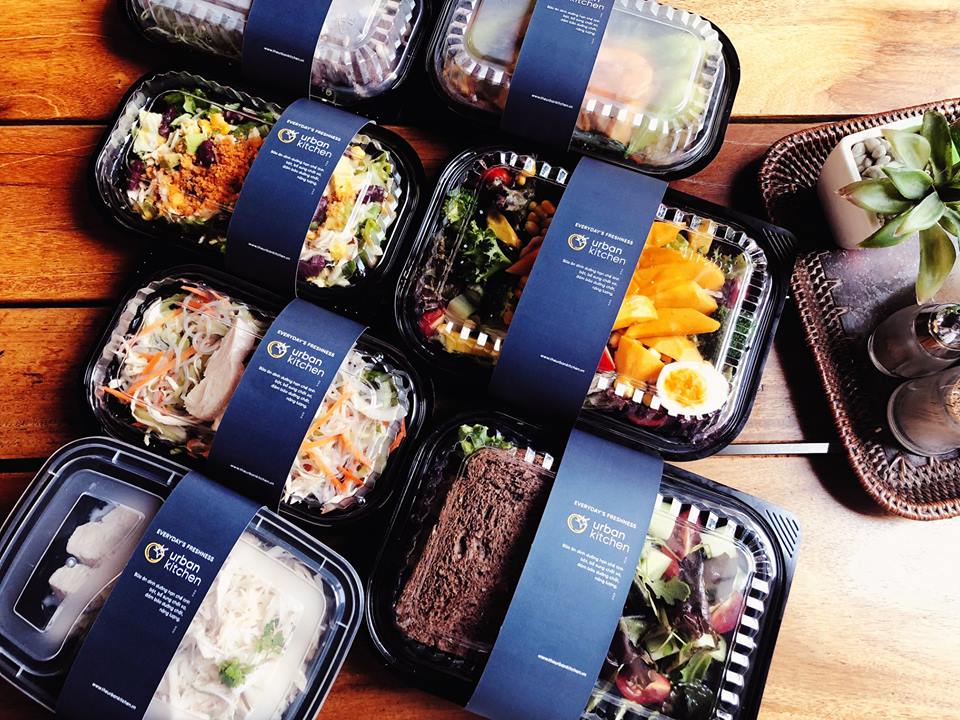A guide for what to eat with diabetes
Wondering what a diabetic should and should not eat? Or curious what a diabetic diet actually looks like? Keep reading for everything you need to know about how to get started on a diabetic eating plan.

When you eat carbohydrates, your body produces enzymes that break them down into smaller sugar molecules. These sugars are transported by a hormone called insulin out of the bloodstream and into the cells where they can be used as a source of energy.
Diabetes is a condition that impairs your body’s ability to process nutrients properly, resulting in abnormal levels of glucose — or sugar — in the blood. For people with diabetes, the process of breaking down carbs and shuttling them to the cells doesn’t work the way it’s supposed to, which can lead to spikes and crashes in blood sugar levels.
Diabetes is often treated with medications that reduce blood sugar levels and help your body use insulin more effectively. However, switching up your meal plan and following a basic diabetic diet is also absolutely essential for keeping blood sugar levels steady.
The best diet for diabetics should include a mix of nutrient-rich, low-carb ingredients, including non-starchy veggies, protein foods and heart-healthy fats. Other fiber-rich foods that contain a moderate amount of carbs like whole grains, legumes, nuts and seeds can also be included in limited amounts as part of a diabetic/prediabetic diet.
Following a diabetic diet not only helps reduce blood sugar levels, but it can also improve overall health and prevent some of the side effects associated with diabetes. Plus, it may also protect against other chronic conditions while boosting heart health and keeping your waistline in check.
The Diabetic Diet Plan
Following a diabetic diet plan to lose weight and manage your blood sugar levels doesn’t have to be difficult. In fact, incorporating a few diabetic diet foods into your routine while cutting out sugary snacks and sodas can help enhance insulin sensitivity and stabilize blood sugar levels.
Foods to Eat
One of the best ways to manage blood sugar levels effectively is to fill your diet with nutrient-rich whole foods. So what foods can diabetics eat freely? Here are a few of the top choices on the diabetic food list:
Non-starchy vegetables: leafy greens, broccoli, cauliflower, carrots, tomatoes, bell peppers, celery, Brussels sprouts, etc.
Meat: grass-fed beef, lamb, goat, etc.
Poultry: free-range chicken, turkey, duck, etc.
Seafood: wild-caught salmon, sardines, mackerel, tuna, anchovies, etc.
Eggs
Healthy fats: coconut oil, avocado, olive oil, MCT oil, grass-fed butter
Beverages: water, unsweetened coffee and tea
There are also several foods that you can enjoy in moderation, provided they fit within your daily carb allotment. Here are a few examples of foods to consume in limited quantities:
Nuts: almonds, pistachios, walnuts, macadamia nuts, etc.
Seeds: chia seeds, flax seeds, hemp seeds, etc.
Fruits: apples, berries, oranges, bananas, pears, etc.
Dairy products: unsweetened yogurt, feta cheese, cottage cheese, goat’s milk, etc.
Foods to Avoid
Just as important as loading your plate up with healthy whole foods is limiting foods that can spike your blood sugar levels. Here are some foods on the diabetic and prediabetic food list that you should avoid:
Grains: bread, pasta, cereal, etc.
Legumes: lentils, beans and peas
Starchy vegetables: potatoes, yams, corn, butternut squash, sweet potatoes, etc.
Snack foods: baked goods, candy, cookies, crackers, sweets, etc.
Sugar-sweetened beverages: soda, juice, sports drinks, energy drinks, sweetened tea, etc.

Diabetic Meal Plan Tips
1. Plan Out Your Meals
On a diabetic meal plan, planning out your weekly menu is essential to balancing blood sugar levels. Including a good mix of healthy fats, protein and fiber in your meals can slow the absorption of sugar in the bloodstream to promote glycemic control.
There are several different methods for drafting your diabetic diet meal plan. Many people opt for carb counting, which involves measuring the amount of carbohydrates that you consume at each meal. Although carb allotments can vary based on your nutritional needs and the medications you may be taking, most recommend sticking to about 15–30 grams of carbohydrates in each snack and 45–60 grams of carbs per meal.
The plate method is another simple strategy for planning your diabetic diet menu. With this method, half of your plate should be comprised of non-starchy vegetables like leafy greens, broccoli, cauliflower and carrots. The remaining half should be made up of equal parts protein foods and whole grains.
2. Eat More Fiber
Fiber is a key component of a diabetic diet. This key nutrient moves through the body undigested and delays sugar absorption to help regulate healthy blood sugar levels. Squeezing a few servings of fiber into each meal is an easy and effective way to keep blood sugar levels stable. Try filling up at least half of your plate with fiber-rich veggies and always opt for whole grains instead of refined grains whenever possible. Nuts, seeds and legumes are also high in fiber and can be enjoyed in moderation as part of a well-rounded diabetic diet breakfast, lunch or dinner.
3. Pick High-Quality Protein Sources
Selecting healthy sources of protein is crucial when it comes to managing blood sugar levels. Protein plays a central role in growth and development as well as immune function, tissue repair and muscle-building. High-quality protein foods like grass-fed meat, free-range poultry and wild-caught seafood are free of carbohydrates, which means they won’t increase blood sugar levels in the body. Plus, protein modifies levels of specific hormones in the body that control hunger, meaning it can help keep you feeling fuller for longer between meals.
4. Incorporate Healthy Fats into Your Diet
Although fat has long been vilified as an unhealthy, artery-clogging nutrient, it’s actually an important part of a heart-healthy diabetic diet. Including a dose of healthy fats like coconut oil, avocados and olive oil in your meals can help stabilize blood sugar levels by delaying the emptying of the stomach. Studies show that swapping out trans fats and saturated fats for unsaturated fats can improve insulin sensitivity, allowing your body to use this important hormone more efficiently to transport sugar from the bloodstream to the cells.
 |
5. Hit the Gym
In addition to modifying what you put on your plate as part of a diabetic diet, you may also want to start switching up your daily routine. Fitting regular physical activity into your day can be very beneficial for maintaining healthy blood sugar levels. Aerobic exercise and resistance training, in particular, have been shown to improve the body’s ability to use insulin to support blood sugar control. Activities like walking, biking, swimming and lifting weights can all be great additions to a diabetic diet plan.
6. Consider Supplementation
Several supplements have been shown to help reduce blood sugar levels, especially when paired with a nutritious diet and healthy lifestyle. For example, probiotics have been shown to improve glucose metabolism and reduce fasting blood sugar levels. Magnesium supplementation may also enhance insulin sensitivity, especially in those with low levels of magnesium in the blood. According to a review published in Endotext, chromium, cinnamon, milk thistle, fenugreek and bitter melon are other supplements that may have blood sugar-lowering properties as well.
Precautions
If you have diabetes, it’s important to work closely with your doctor and dietitian to find the best diabetic diet for you. You should also consult with them before making any changes to your current diet. In some cases, your doctor may recommend modifying the dosage of your medications to account for these modifications.
Additionally, be sure to discuss with your healthcare provider before starting supplementation, especially if you’re taking medications for diabetes. Certain supplements can interfere with these medications and may cause blood sugar levels to dip too low. Always start with a low dose and work your way up to assess your tolerance and reduce the risk of negative side effects./.
( Rachael Link )
Recommended
 Handbook
Handbook
Vietnam Moves Up 8 Places In World Happiness Index
 Handbook
Handbook
Travelling Vietnam Through French Artist's Children Book
 Multimedia
Multimedia
Vietnamese Turmeric Fish among Best Asian Dishes: TasteAtlas
 Handbook
Handbook
From Lost to Found: German Tourist Thanks Vietnamese Police for Returning His Bag
Popular article
 Handbook
Handbook
Prediction and Resolution for the Disasters of Humanity
 Handbook
Handbook
16 French Films To Be Shown For Free During Tet Holiday In Vietnam
 Handbook
Handbook
Unique Cultural and Religious Activities to Welcome Year of the Snake
 Handbook
Handbook



